
Top 5 Pranayama Techniques Every Yogi Should Know
When you first hear the word Pranayama, you might simply think of “breathing exercises.” But that’s just the surface. The true meaning lies deeper.
So, What Is Pranayama? In Sanskrit, prana means “life force” and ayama means “expansion” or “control.” Pranayama, therefore, is not just about inhaling and exhaling — it’s about harnessing your breath to influence your mind, body, and energy.
For centuries, yogis in India have practiced pranayama to prepare the mind for meditation, cleanse the internal channels, and energize the body. And if you’re taking a 200-Hour Yoga Teacher Training in India, you’ll discover that mastering pranayama is just as important as learning asanas.
Today, let’s explore five pranayama techniques every yogi — whether beginner or advanced — should have in their toolkit.
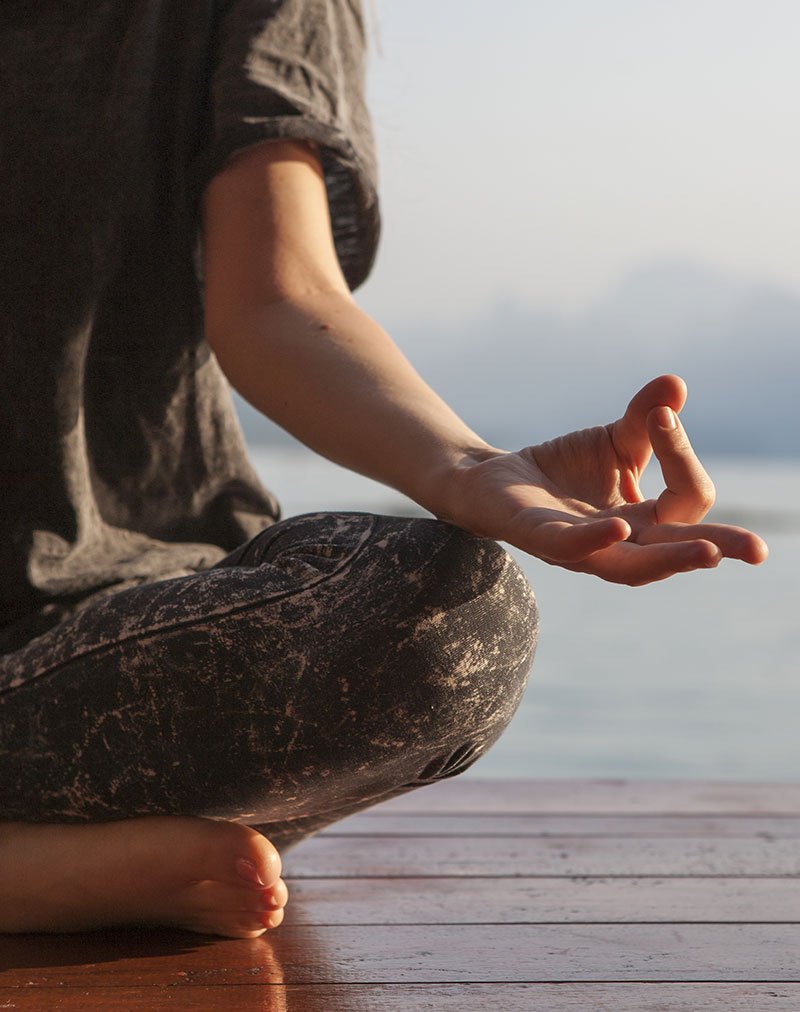 1. Nadi Shodhana (Alternate Nostril Breathing)
1. Nadi Shodhana (Alternate Nostril Breathing)
This technique is a favourite for calming the mind and balancing the nervous system. You gently breathe in through one nostril and exhale through the other, then switch. It’s often called a “reset button” for your energy. Practiced regularly, it sharpens focus, eases anxiety, and prepares you for deep meditation.
Best time to practice: Early morning or before meditation.
2. Kapalabhati (Skull-Shining Breath)
If your mind feels foggy or your body sluggish, Kapalabhati is like opening all the windows and letting fresh air in. It involves short, forceful exhalations and passive inhalations, stimulating the abdominal muscles and increasing oxygen supply.
Beyond cleansing the lungs, it’s believed to awaken mental clarity — which is why many yoga schools in India teach it as part of the morning kriya routine.
Best time to practice: Morning, on an empty stomach.
3. Bhramari (Bee Breath)
Named after the humming sound of a bee, this pranayama works wonders for stress relief. You inhale deeply, then exhale while making a gentle humming sound with closed lips. The vibration resonates in your skull, soothing the brain and calming restless thoughts.
It’s especially helpful before sleep, or during moments when you need to quiet your inner noise.
Best time to practice: Evening or whenever stress builds up.
4. Ujjayi (Victorious Breath)
Often practiced during asana sequences, especially in Vinyasa and Ashtanga, Ujjayi creates a soft ocean-like sound in the throat. This controlled breath warms the body, increases endurance, and keeps the mind anchored in the present moment.
When you join a 200-Hour Yoga Teacher Training in India, you’ll likely hear Ujjayi described as the bridge between breath and movement — making your practice feel like a moving meditation.
Best time to practice: During asana practice or when you need steady energy.
5. Sheetali (Cooling Breath)
Perfect for hot days or to calm heated emotions, Sheetali involves rolling the tongue into a tube (or using Sheetkari through the teeth) and inhaling cool air. The exhalation is slow and mindful.
It reduces body temperature, quenches restlessness, and brings a gentle sense of peace.
Best time to practice: Midday in warm weather, or after intense activity.
Why Pranayama Belongs in Every Yogi’s Journey
No matter where you are in your yoga path — self-practice at home or joining a 200-Hour Yoga Teacher Training in India — pranayama is a bridge to deeper awareness.
It teaches patience, focus, and the art of listening to your breath — something that often gets drowned in the noise of daily life.
As the ancient yogic texts remind us: “When the breath wanders, the mind is unsteady. But when the breath is still, so is the mind.”
So, roll out your mat, sit comfortably, and start with just a few minutes each day. Over time, these five techniques will not only refine your yoga practice — they’ll transform the way you live, breathe, and feel.
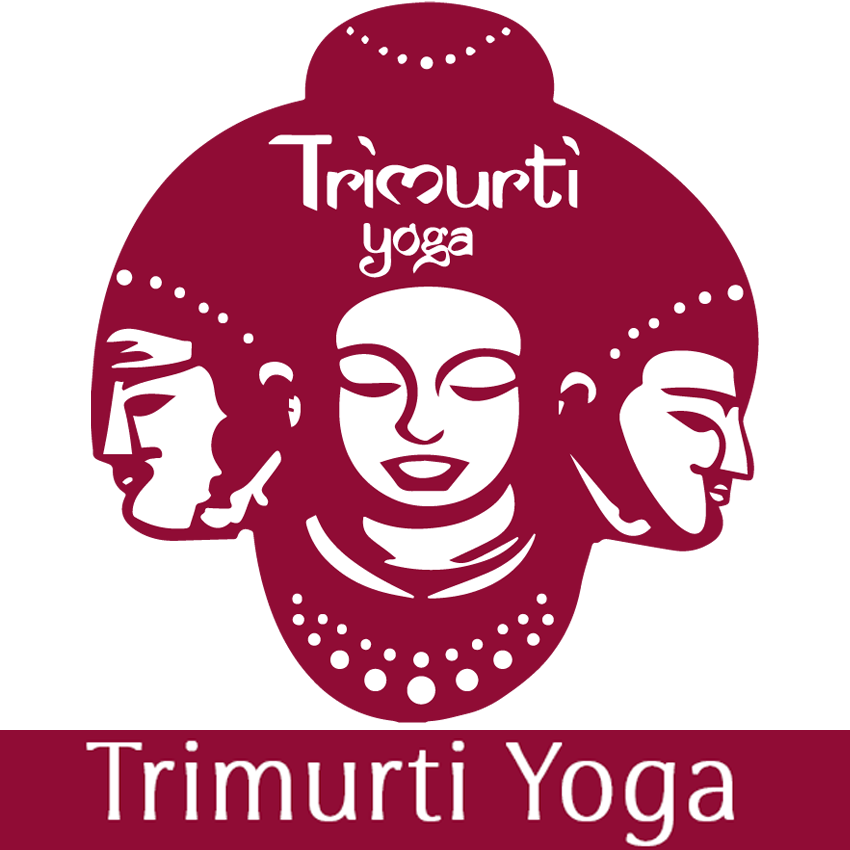
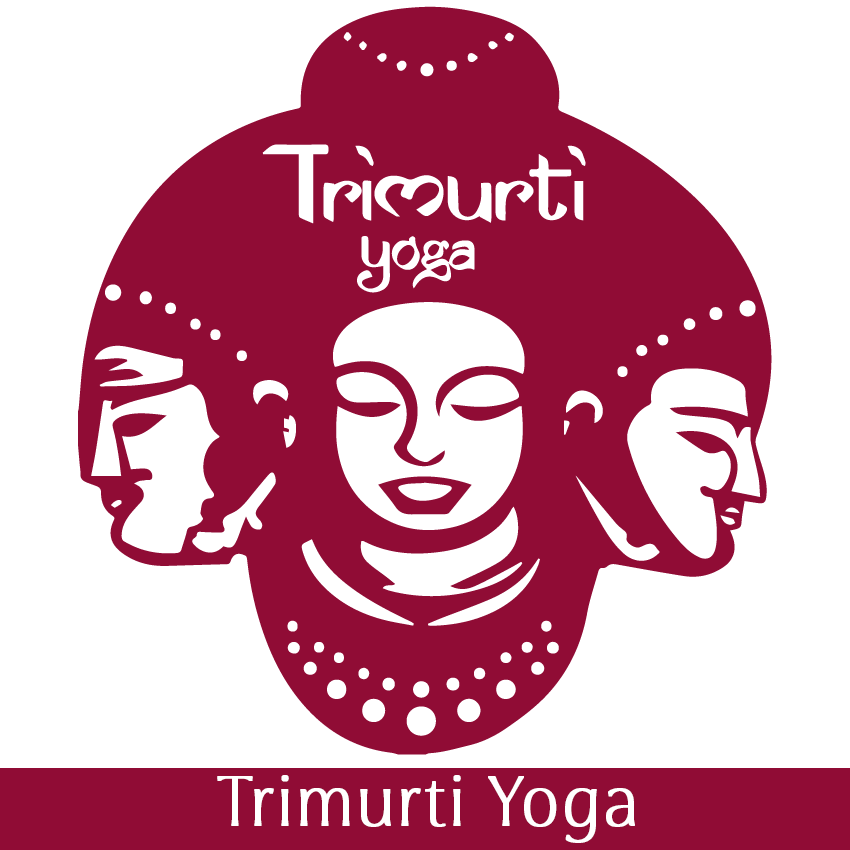
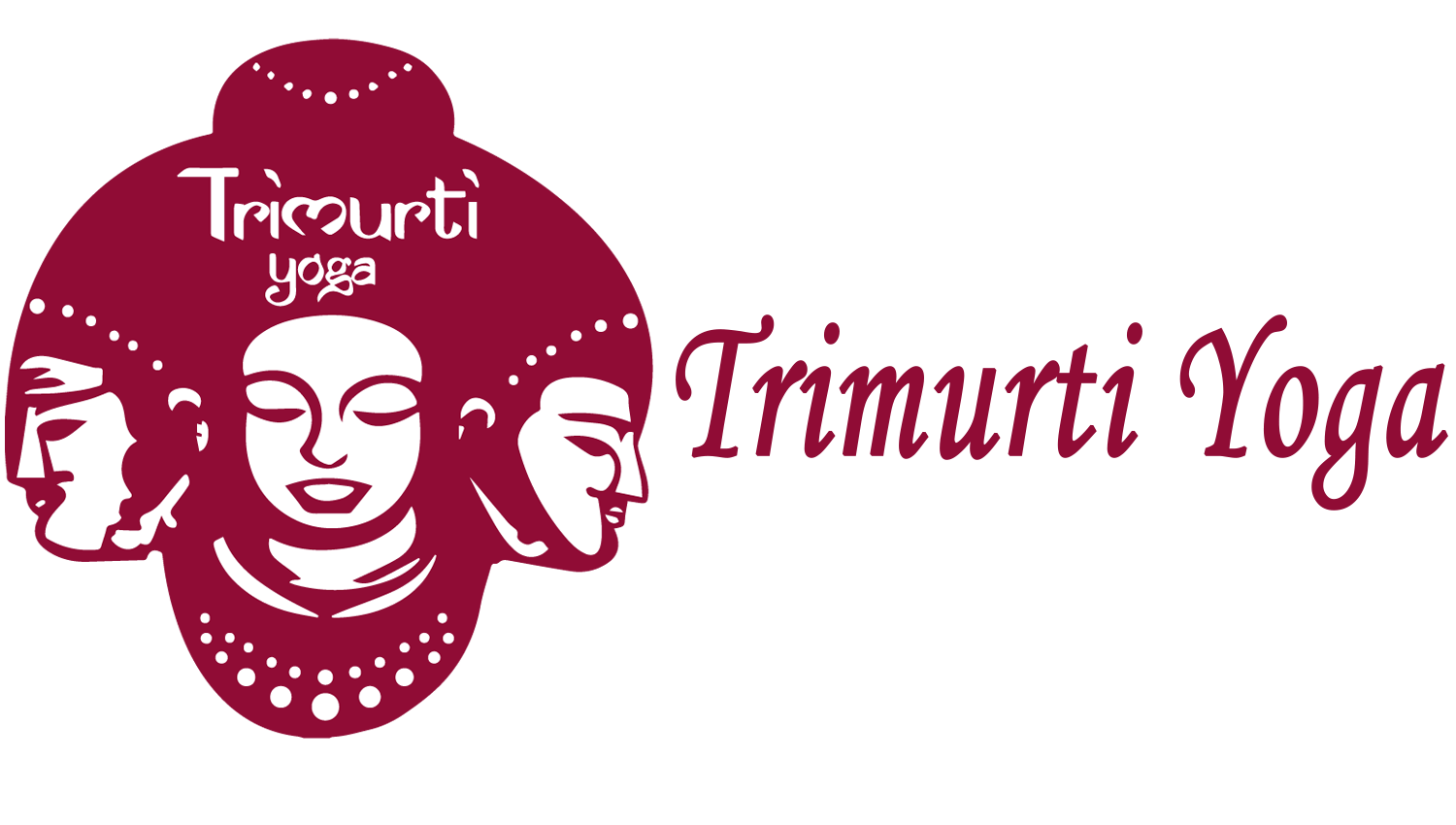
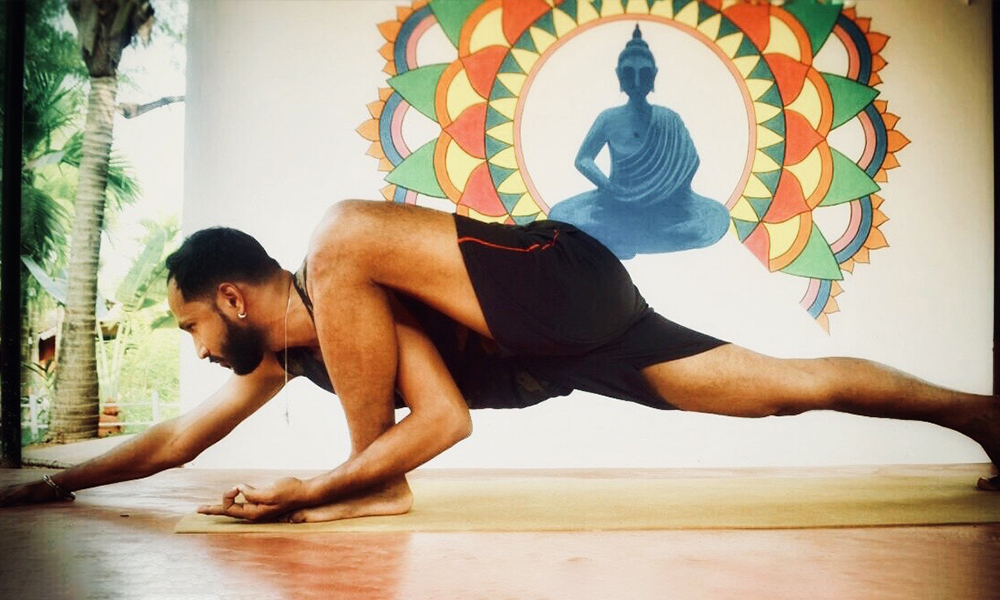
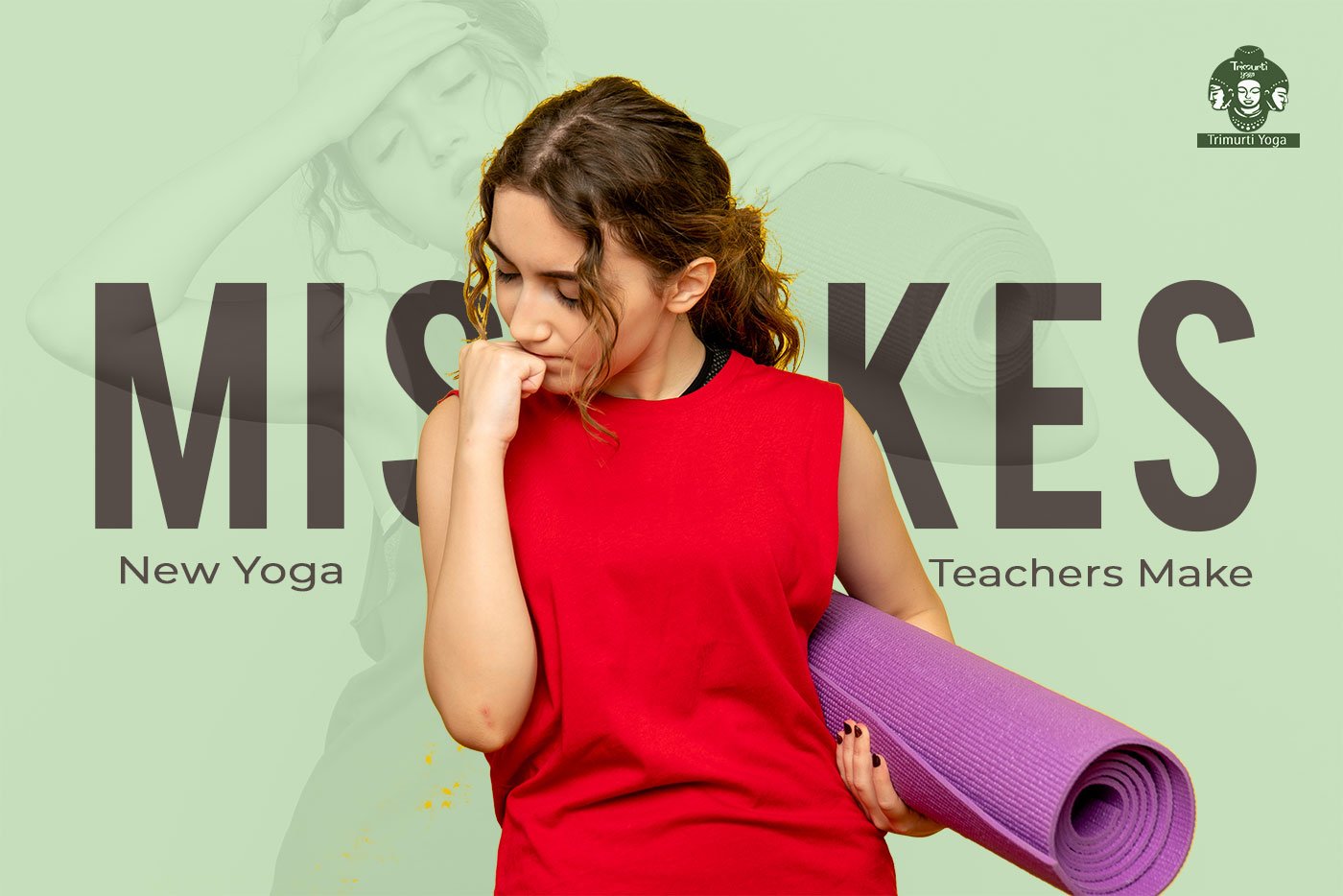
Leave a Reply